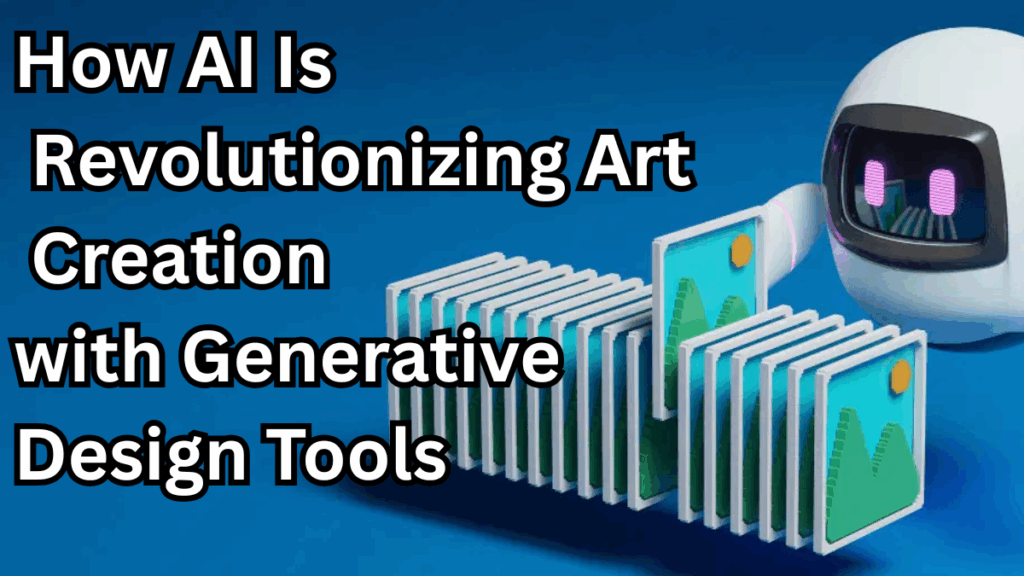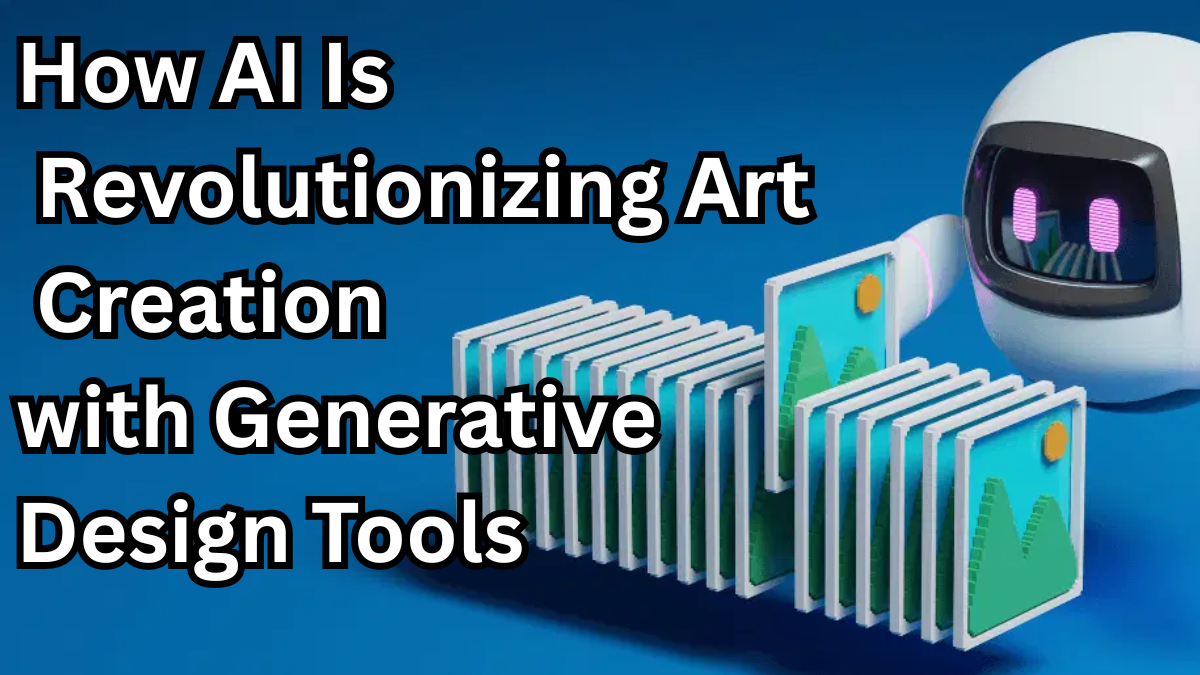The intersection of technology and creativity has always fascinated artists and innovators alike. Today, AI in Art is transforming the way creators conceptualize, design, and execute their ideas. Generative design tools are at the forefront of this revolution, enabling artists to push boundaries and explore new creative territories.

What Are Generative Art Tools?
Generative art tools are software systems powered by artificial intelligence that can create original artworks based on algorithms, patterns, and user inputs. These tools do not just automate art—they assist artists in imagining possibilities they might never have considered on their own.
Key Features of Generative Art Tools:
| Feature | Description |
|---|---|
| Algorithmic Creativity | Uses AI algorithms to generate unique designs or patterns. |
| Style Transfer | Applies the style of one artwork to another image or design. |
| Interactive Tools | Allows artists to tweak parameters and influence the AI output. |
| Rapid Prototyping | Speeds up the process of creating multiple iterations of art. |
By leveraging these features, artists can focus more on conceptualizing ideas rather than spending hours on repetitive tasks.
How AI in Art Is Changing the Creative Landscape
1. Expanding Creative Boundaries
Artists no longer need to be limited by traditional techniques. AI tools can generate abstract designs, realistic images, or hybrid styles that combine multiple influences.
2. Enhancing Collaboration
Generative art tools allow multiple artists or designers to work on a single project with AI assisting in harmonizing styles and ideas.
3. Reducing Time and Effort
With AI, tasks like color matching, texture creation, and pattern generation are automated, allowing artists to focus on the core vision.
4. Democratizing Art Creation
Even non-artists can experiment with AI tools to produce visually stunning works, making art more accessible to everyone.
Examples of Generative Art Tools Making Waves
| Tool | Specialty | Notable Use Case |
|---|---|---|
| DALL·E | Image generation from text | Concept art, illustrations |
| MidJourney | AI-driven image creation | Marketing visuals, social media content |
| Runway ML | Video and motion design | Short films, visual effects |
| Artbreeder | Collaborative image blending | Character design, concept art |
These tools are not just novelties—they are shaping professional art, advertising, and entertainment industries.
The Future of AI in Art
The potential for AI in Art continues to grow. Some trends to watch for include:
-
Hyper-personalized Art: AI can create pieces tailored to an individual’s preferences.
-
Integration with VR/AR: Generative designs will blend with immersive experiences.
-
AI as a Creative Partner: Instead of replacing artists, AI acts as a collaborator enhancing human creativity.
FAQs About Generative Art Tools and AI in Art
Q1. Can AI-generated art replace human artists?
No. AI is a tool to augment creativity, not replace the unique vision and emotional depth of human artists.
Q2. Are generative art tools difficult to use for beginners?
Not at all. Many platforms are designed with user-friendly interfaces to help beginners experiment without prior expertise.
Q3. How can businesses benefit from generative art tools?
Brands can use AI tools to create marketing visuals, product designs, and social media content quickly and cost-effectively.
Q4. Is AI in art ethical?
Ethical considerations exist, especially regarding copyright and originality. Artists should be aware of AI’s role and properly attribute generated work.
Click here to learn more
